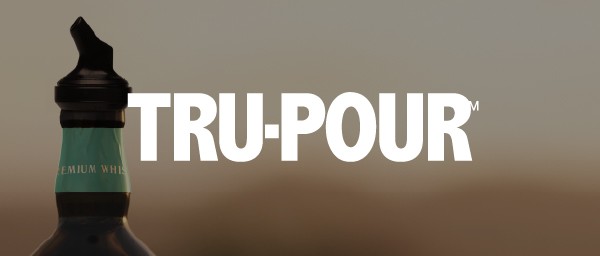How To Stop Lace Wig Itching
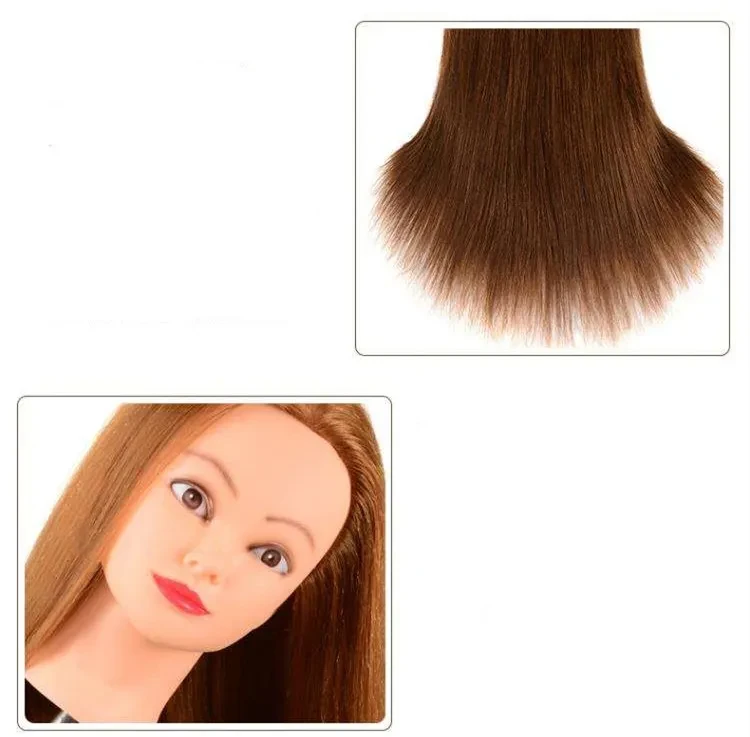
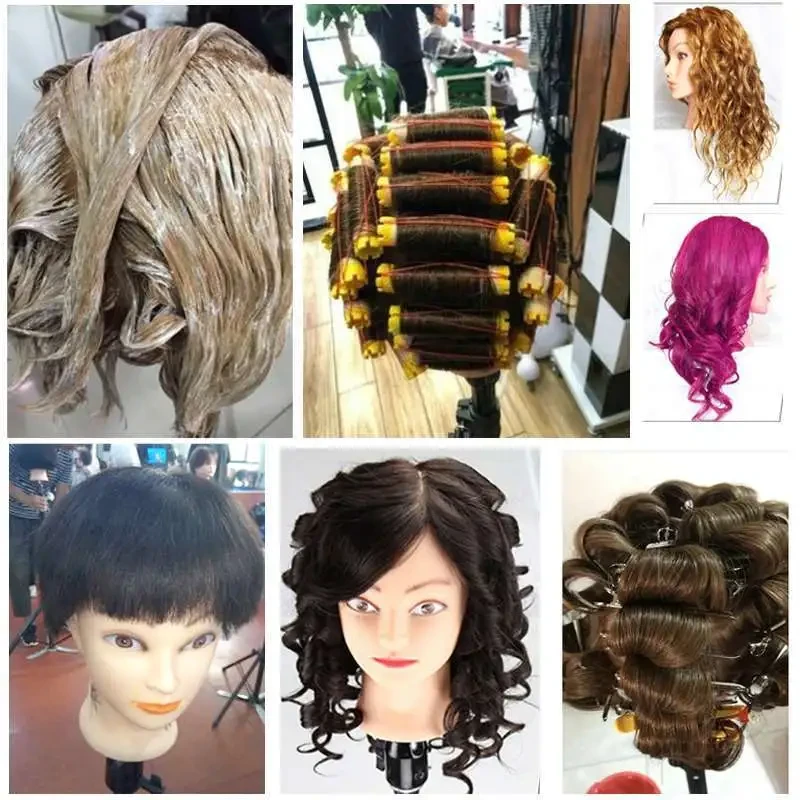
Die Head Hairdressing Real Hair Styling Haircut Perm Dye
Gift Tree
Approx $115.38 USD
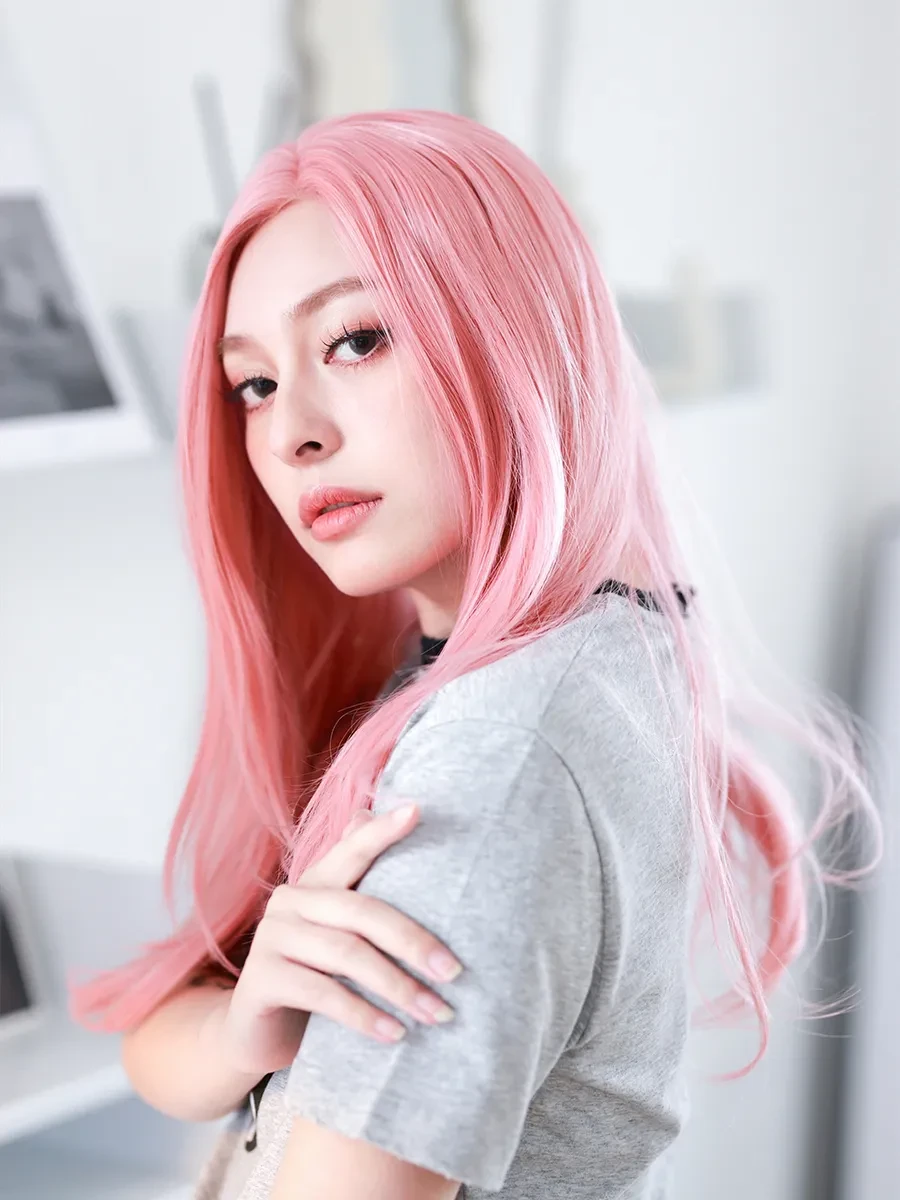

Natural Long Straight Hair Is Breathable And Comfortable
Gift Tree
Approx $112.95 USD
How to Stop Lace Wig Itching: Proven Tips and Remedies for Comfort and Relief
Lace wigs have become a popular choice for women in New Zealand looking to enhance their style and boost their confidence. They offer versatility, a natural appearance, and the ability to change your look effortlessly. However, one of the most common concerns when wearing lace wigs is itching and irritation. Whether you're a first-time wearer or a seasoned lace wig enthusiast, an itchy scalp can be uncomfortable and frustrating, especially during long wear.
The good news is that there are several ways to prevent and alleviate lace wig itching, ensuring that you can enjoy your wig without discomfort. In this comprehensive guide, we will explore why lace wigs can cause itching, effective remedies, and tips to ensure a comfortable and irritation-free experience.
Why Do Lace Wigs Cause Itching?
Before diving into solutions, it’s important to understand why lace wigs can cause itching in the first place. Several factors can contribute to this common issue, and identifying the cause is the first step toward finding the right remedy.
1. Sensitivity to Lace Materials
One of the main reasons lace wigs cause itching is the material of the lace itself. Lace fabric can sometimes be rough on the scalp, especially if you're sensitive to synthetic fibers. This can lead to irritation, causing itching and discomfort. Additionally, some lace wigs are made with materials that don’t allow proper breathability, which can trap sweat and oils, leading to itchiness.
2. Product Buildup
Another common cause of itching is the buildup of products like adhesives, gels, and oils used to secure the lace wig. Over time, these products can clog the scalp and hair follicles, leading to irritation and itchiness. If you use a lot of styling products or adhesives, the residue left on your scalp can become a major culprit for itching.
3. Tightness of the Wig
If the lace wig is too tight or improperly fitted, it can cause friction on the scalp, leading to irritation and discomfort. This can be especially problematic for those who wear lace wigs for extended periods or for those who experience tension headaches from tight hairstyles. A too-tight wig can also restrict airflow to the scalp, which can lead to excessive sweating, further aggravating the itching.
4. Scalp Dryness
Another contributing factor to itching is dry scalp. Wearing a lace wig for an extended period can sometimes lead to dehydration of the scalp, especially if the wig doesn’t allow proper ventilation. A dry scalp can become itchy and irritated, causing discomfort while wearing the wig. Using the wrong hair care products that strip moisture can also contribute to dryness.
How to Stop Lace Wig Itching: Top Tips and Remedies
Now that we understand the common causes of lace wig itching, let’s look at effective tips and remedies to alleviate and prevent itching, ensuring a comfortable and enjoyable wig-wearing experience.
1. Choose the Right Lace Wig Material
One of the easiest ways to prevent lace wig itching is to choose the right material. If you are prone to itching, opt for wigs made with soft lace or silk lace that are gentler on the scalp. Look for wigs with breathable lace caps, which allow for proper airflow to your scalp and reduce the chances of sweat and product buildup. Additionally, try to avoid wigs made from harsh synthetic materials if you have a sensitive scalp.
If you're purchasing a wig from a local store in New Zealand, ask about the material and prioritize wigs that offer better comfort and breathability.
2. Clean Your Scalp Before Wearing a Lace Wig
It’s essential to have a clean scalp before applying your lace wig. Dirt, oils, and product buildup can worsen itching and irritation. Here’s how to prepare your scalp:
- Wash your hair with a gentle shampoo to remove oils and dirt.
-
Exfoliate your scalp once a week using a scalp scrub or exfoliating brush to remove dead skin cells and product buildup.
-
Hydrate your scalp with a moisturizing scalp treatment or lightweight oils (such as jojoba or argan oil) to keep your scalp
nourished and hydrated.
By maintaining a clean and well-moisturized scalp, you reduce the chances of irritation and itching while wearing your lace wig.
3. Use a Wig Cap or Liner
A wig cap or wig liner is an excellent tool for protecting your natural hair and scalp from irritation caused by the lace material. These caps create a barrier between your scalp and the wig, preventing direct contact with the lace and reducing friction. Additionally, wig caps can help keep your natural hair in place, making your wig more comfortable to wear.
Opt for a silk or satin wig cap or liner, as these materials are gentle on the scalp and reduce friction. Cotton caps, on the other hand, can be rough and can contribute to dryness, leading to more itching.
4. Choose the Right Wig Adhesive
If you use adhesive to secure your lace wig, it's important to choose a gentle, skin-safe adhesive. Harsh adhesives can irritate your scalp, leading to itching and discomfort. Consider using hypoallergenic or alcohol-free adhesives to minimize the risk of irritation.
Additionally, avoid using too much adhesive or allowing it to build up on your scalp. Be sure to properly clean your scalp after removing the wig to prevent any residue buildup.
5. Take Breaks Between Wig Wear
While lace wigs are a convenient and stylish option, it’s important to give your scalp some time to breathe between wears. Prolonged wear can lead to scalp irritation, dryness, and itching. If you wear your wig daily, try taking breaks every few days to allow your scalp to rest and recover.
If you must wear the wig daily, try to give your scalp a break for a few hours in the evening by removing the wig and allowing your scalp to air out.
6. Use Soothing Scalp Treatments
If your scalp is already feeling itchy or irritated, use a soothing scalp treatment to calm inflammation. Natural remedies such as tea tree oil, aloe vera, and witch hazel are known for their soothing properties and can provide relief from itching.
-
Tea Tree Oil: Known for its antibacterial and anti-inflammatory properties, tea tree oil can help soothe an irritated
scalp. Mix a few drops with a carrier oil and massage it into your scalp to reduce itching.
-
Aloe Vera: Aloe vera gel is known for its cooling and moisturizing effects. Apply a small amount to your scalp to help
hydrate and relieve itching.
-
Witch Hazel: Witch hazel is another natural remedy that can calm inflammation and reduce itching. Apply it to your scalp
using a cotton ball for relief.
7. Moisturize Your Scalp Regularly
Keeping your scalp well-moisturized is key to preventing dryness and itching. Use a moisturizing scalp serum or light oil to hydrate your scalp before and after wearing your lace wig. Focus on moisturizing areas that are prone to dryness and irritation, such as the hairline and the nape of the neck.
Avoid using heavy oils that can clog your pores, and instead opt for lighter oils like argan oil, coconut oil, or jojoba oil to provide hydration without making your scalp greasy.
8. Avoid Over-tightening the Lace Wig
As mentioned earlier, a tight-fitting lace wig can cause friction and irritation, leading to itching. Make sure your wig is comfortable and not too tight. If you're experiencing tension headaches or discomfort from your wig, try loosening it slightly to reduce pressure on your scalp.
Look for wigs that come with adjustable straps or stretchable lace for a better fit, and avoid wigs that require too much pulling or tension to stay in place.
9. Wash Your Lace Wig Regularly
Washing your lace wig regularly will help remove product buildup, sweat, and dirt that can contribute to irritation. Use a gentle, sulfate-free shampoo designed for wigs and avoid over-washing, as this can dry out the fibers. After washing, let your wig air dry to avoid damage from heat styling tools.
10. Opt for Professional Wig Fitting and Maintenance
If you’re unsure about how to properly wear and care for your lace wig, consider seeking professional fitting and maintenance services. Many salons in New Zealand specialize in wig installation, and they can ensure that your lace wig is properly secured, fitted, and comfortable.
Final Thoughts: Comfortable Lace Wig Wear in New Zealand
Lace wigs are a great way to change your look, but they shouldn’t come with the burden of itching or discomfort. By following these tips and remedies, you can ensure that your lace wig fits comfortably and provides you with the flawless style you desire.
Whether you're using moisturizing treatments, choosing the right lace wig material, or practicing proper scalp care, there are plenty of effective ways to prevent and alleviate lace wig itching. Enjoy your wig with confidence and comfort, and say goodbye to irritating itches.

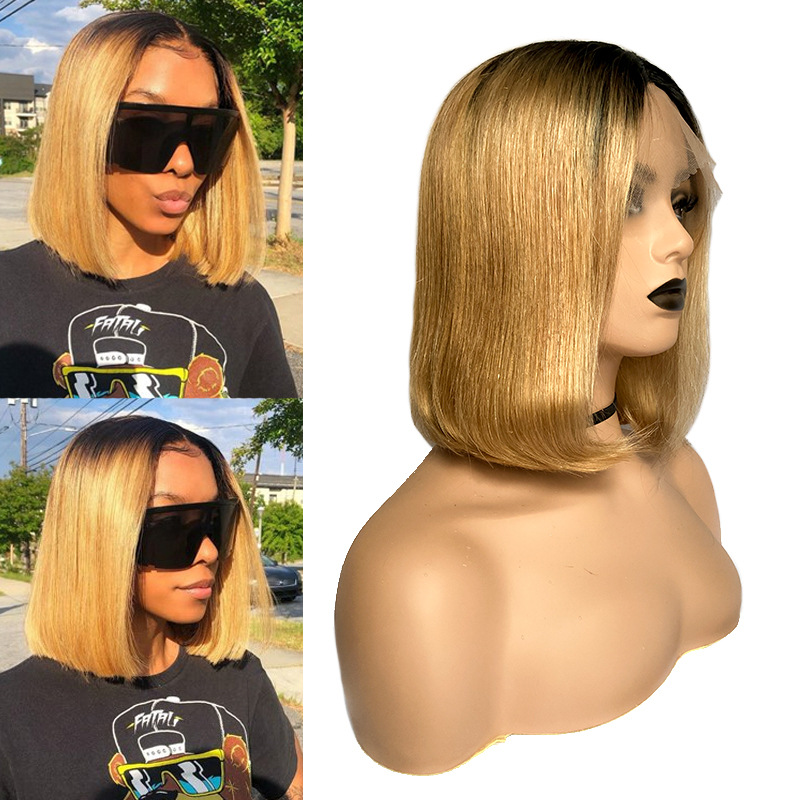
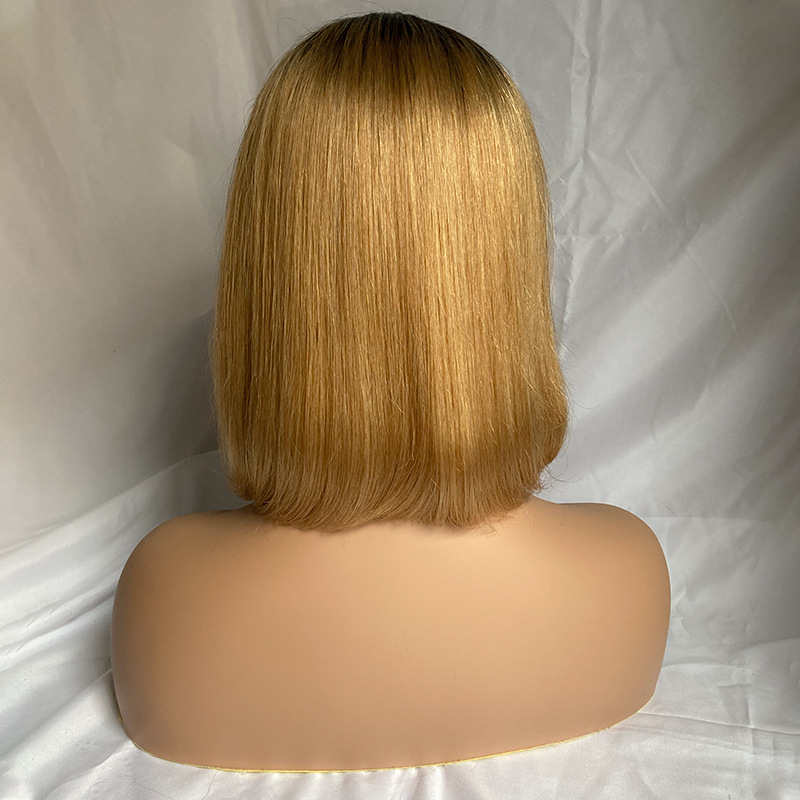


.jpg)

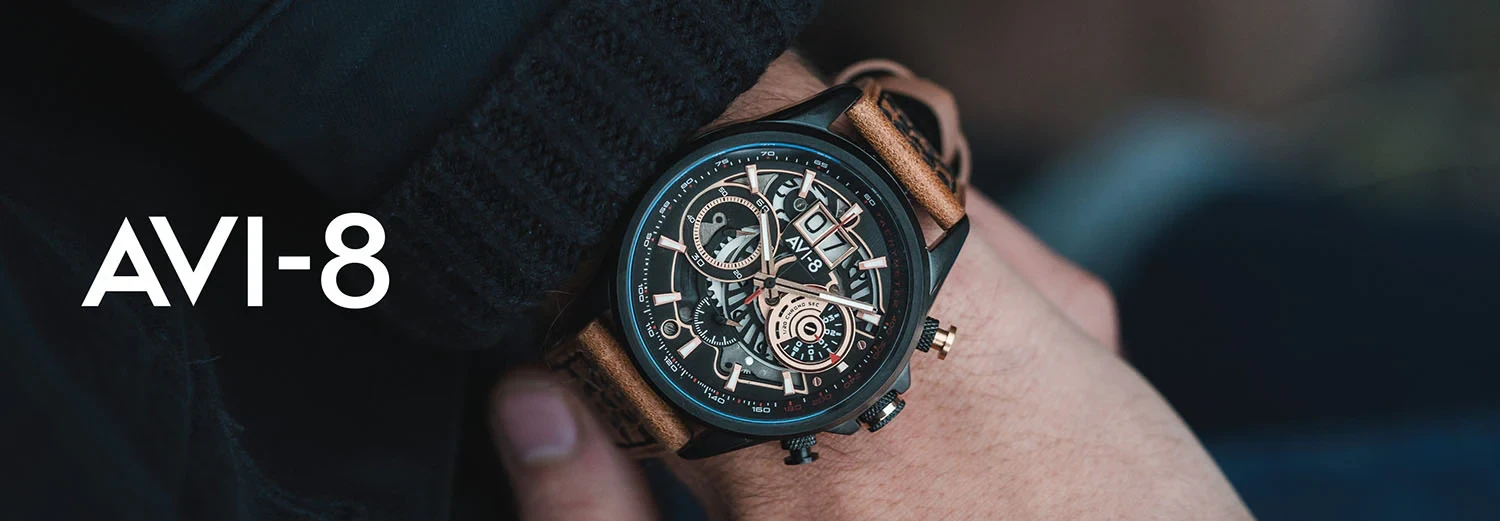







.jpg)





.jpeg)





.jpeg)



.jpeg)








.jpeg)



.jpeg)

.jpeg)

.jpeg)

.jpeg)




.jpeg)
.jpg)

.jpeg)






.jpeg)
.jpeg)




.jpeg)





.jpeg)


.jpeg)

.jpeg)

.jpeg)

.jpeg)

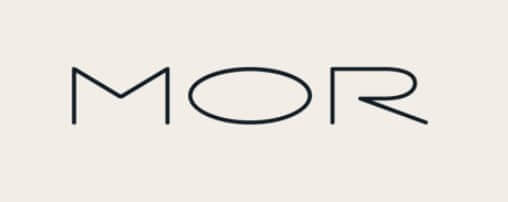





.jpeg)
.jpeg)
.jpeg)





.jpeg)



.jpeg)


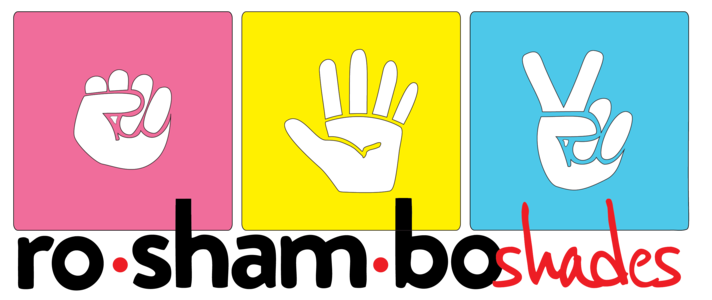

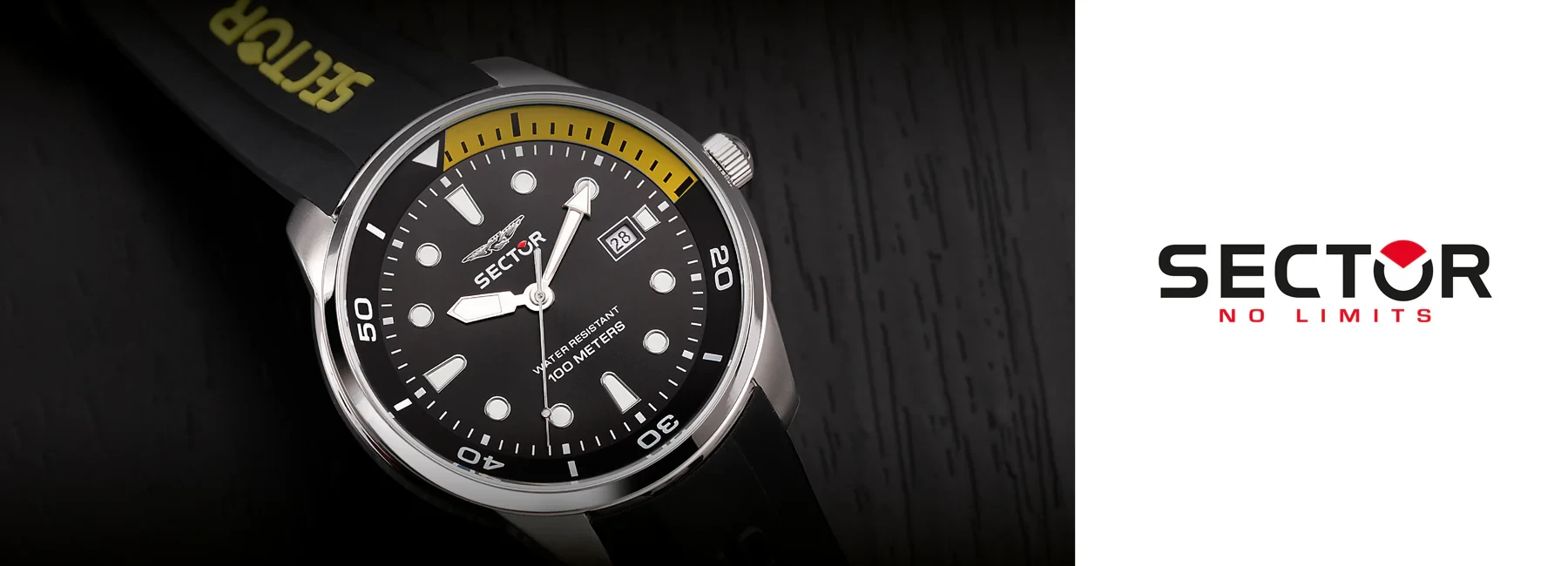

.jpg)
.jpeg)









.jpg)


ulva-Logo.jpg)




.jpeg)



.png)








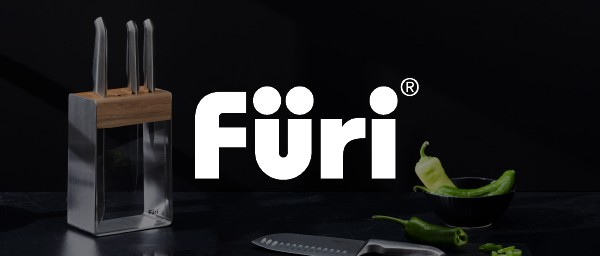






.png)


















